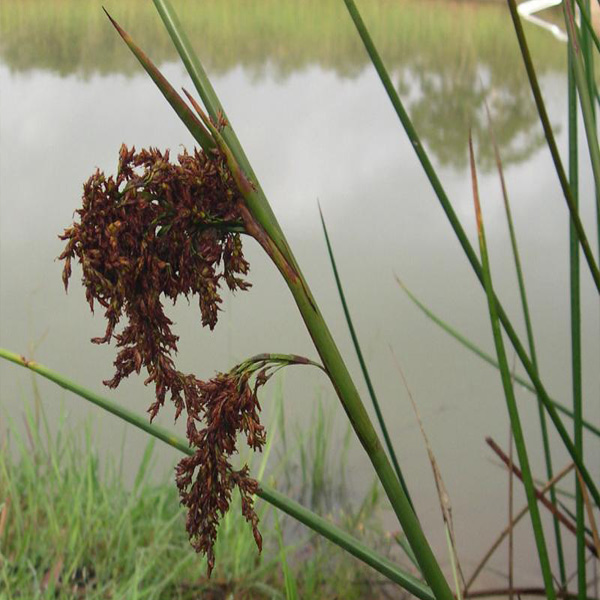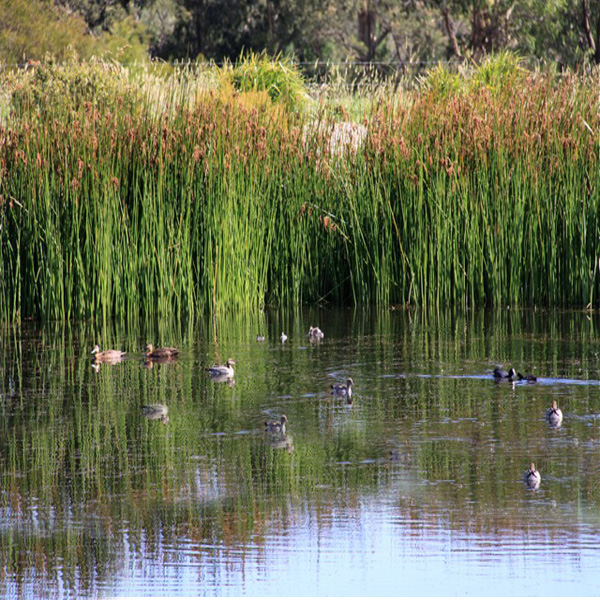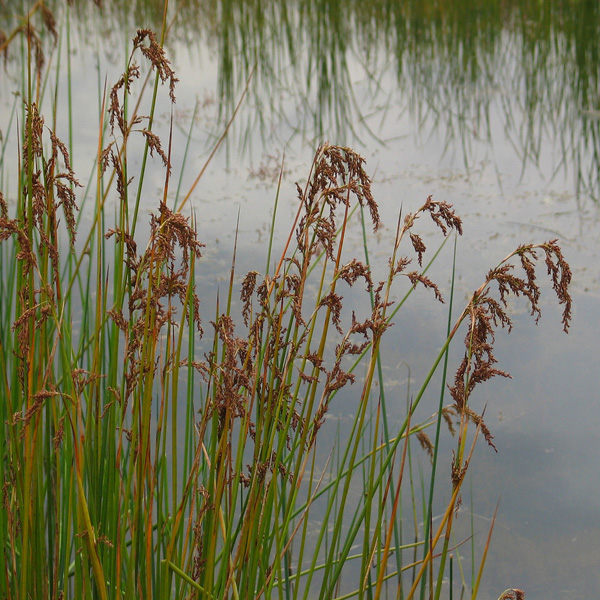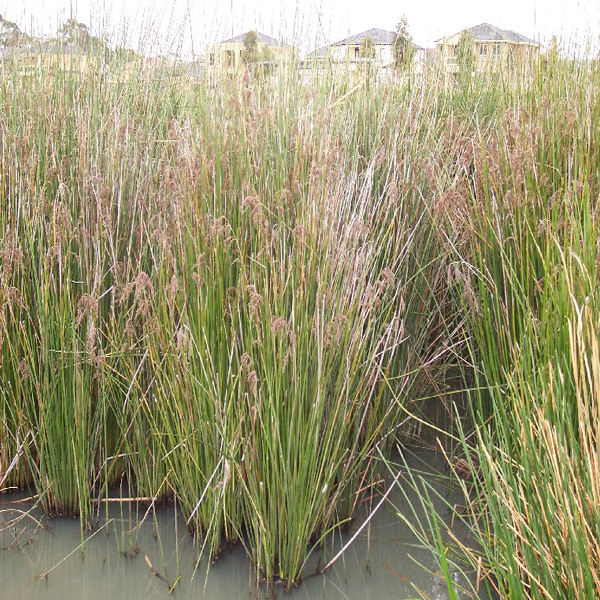Jointed Twig-Rush
weed identification
Jointed twig-rush forms large, dense swards and can grow up to 2.5m tall with dark green leaves. They have drooping flowers/seed heads which are red-brown in colour as well as bamboo-like stems on older growth. Flowering occurs during the spring to early autumn periods. Jointed twig-rush is tolerant to both dry periods and flooding.
Grows in waterlogged soils in water up to 1m deep. It can be found in both fresh and brackish waters.
It reproduces via underground stems whose buds develop new roots and shoots.
Spreading via underground stems (rhizomes).
Provides habitat for frogs and water birds as well as removing nutrients from water bodies.
What does Jointed Twig-Rush look like?
Disadvantages of Jointed Twig-Rush
Jointed twig-rush can be beneficial in a water body but if the grass forms large, dense mats it potentially can adversely impact the water body.
- Forms dense mats of vegetation that block light
- Obstructs water flow
- Removes other aquatic plants
- Reduces food and habitat for fish and other aquatic animals
- Restrict water-based recreation
treatment
AQ200 Aquatic Herbicide + Wetting Agent – Chemical Herbicide designed to kill emergent weeds quickly. Use on mild to severe infestations.
Aquatic Weed Rake and Razor Combo – DIY physical removal. Ideal for mild infestations, sensitive water bodies or to aid herbicide treatment.
Aquatic Harvesting – Large amphibious machine that cuts and clears emergent aquatic weeds. Book this service for severe infestations or for larger water bodies.
prevention options
Aerating Fountains – Reduces the severity and likelihood of aquatic weed infestations. Use in any body of water.







